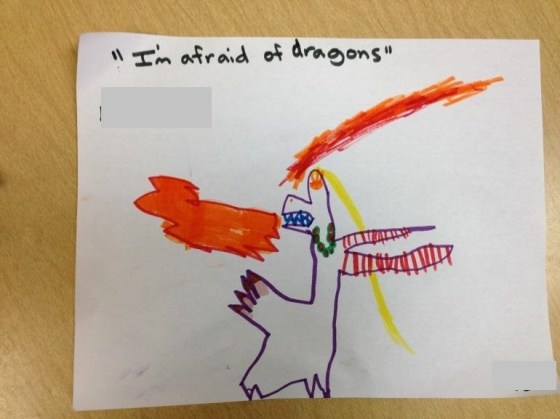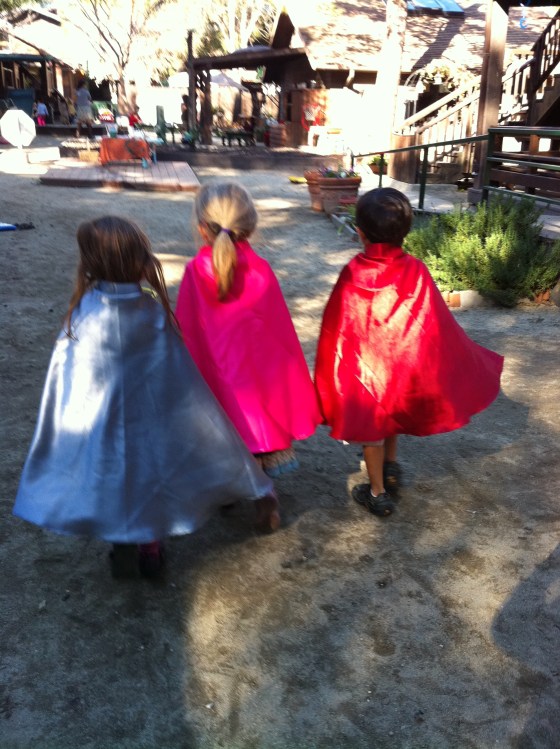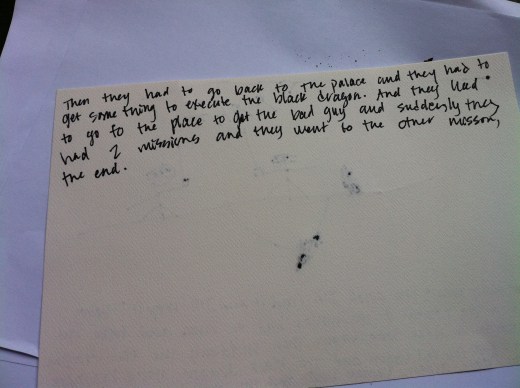
“Princesses can only wear dresses
Princesses can wear shorts and dresses and shoes. They have to have a crown.
Princes have to wear a crown.
Princesses need to wear a dress.
If you are a prince, you can’t wear shorts. You can wear long jeans, a fancy cape and a crown. And you have to have a beard.
If you are a princess, you need coaches and gowns.
They can’t wear shorts. And high heels. And they need long hair. Princes need capes and a boy crown.”
Princesses and princes: a big favorite in the preschool classroom! I remember once when we explored the topic of princes and princesses. We got a host of responses about who can or cannot be a prince. “Princes need to wear long jeans, a crown a cape and of course, a beard” and “You can’t be a princess unless you have long hair, a beautiful dress, and a princess crown.”
I asked, “Can I be a princess?” One child looked me up and down, and I expected her to blurt out: No!” But, here’s what she said: “Yes, you can be a princess because you are in a skirt. But Pocahontas had long hair so you have to grow your hair.” Then, she looked at my sporty Keens, and said, “Those have to go. You need glass slippers.”
Why is this important? By having meaningful conversations that challenge stereotypes, we move children from scripted play that sometimes encourages exclusivity to more open ended and authentic play. The conversations had embedded biases. Why Pocahontas? Why long hair? And why glass slippers?
In scripted play,
We continued to explore the topic of princes and princesses and asked children to dictate their stories to us.
Jeff Daitsman, in his article, “Exploring Gender Identity in Early Childhood through Story Dictation and Dramatization” highlights the role of narration of stories in early childhoo environments. Daitsman shows how the children’s stories reveal the influence of cultural stereotypes yet harbor the potential to move beyond rigid gender boundaries as well. At a time when the art of storytelling and of stories has diminished in early childhood education, Daitsman’s piece reminds us of the power of story to empower children to honor both their own voices and those of their peers.
http://www.naeyc.org/files/naeyc/file/vop/VOP_Daitsman_Final%281%29.pdf

Story 1:
There’s a princess, a dragon, a knight. There’s two princesses, two knights and there’s a fire breathing dragon. And there’s a monster at the end of the story. And there’s a horsey; actually, a unicorn. And once morning woke up and smelled snow and wanted to ski but there were three big bears. And the brave mermaid saved them from the dragon. Then the bunny hopped over there and asked, “Could I do the story with you?” And then the princess and all the princes were trapped. And then the brave knight came to rescue the princess. And then the bad guys came and killed the princess and tried to get away but they couldn’t. Once again and that’s the end of the story.

Story 2:
Once upon a time there was a lovely princess . And by that princess’ castle, she did not know there was a home of three fierce bears. The bears were planning an evil plan to take over the world. And here was the plan. To trick the princess into going to a lonely tower. There they would lock her in. And then they would take over the world with their evilest plans. And soon a knight came and made the three evil bears dead .


As Nancy Carlsson- Paige puts it, “This is a time when societal influences are robbing children of healthy play, one of the most important vehicles they have for optimal development and learning. We educators need to step in—with the awareness and skill that is uniquely ours—to reclaim this powerful resource for children. Taking active steps to encourage imaginative and beneficial play that truly serves children’s needs will not only reclaim play for them, but also give children the best foundation possible for success in school and in their lives now and in years to come.”
Adapted from Taking Back Childhood: Helping Your Kids Thrive in a Fast-Paced, Media-Saturated, Violence-Filled World. by Nancy Carlsson-Paige, Hudson Street Press, March, 2008
It’s important to have these conversations, to challenge their stereotypes and to move young children to a world of mutual understanding and respect. Today, more than ever before.